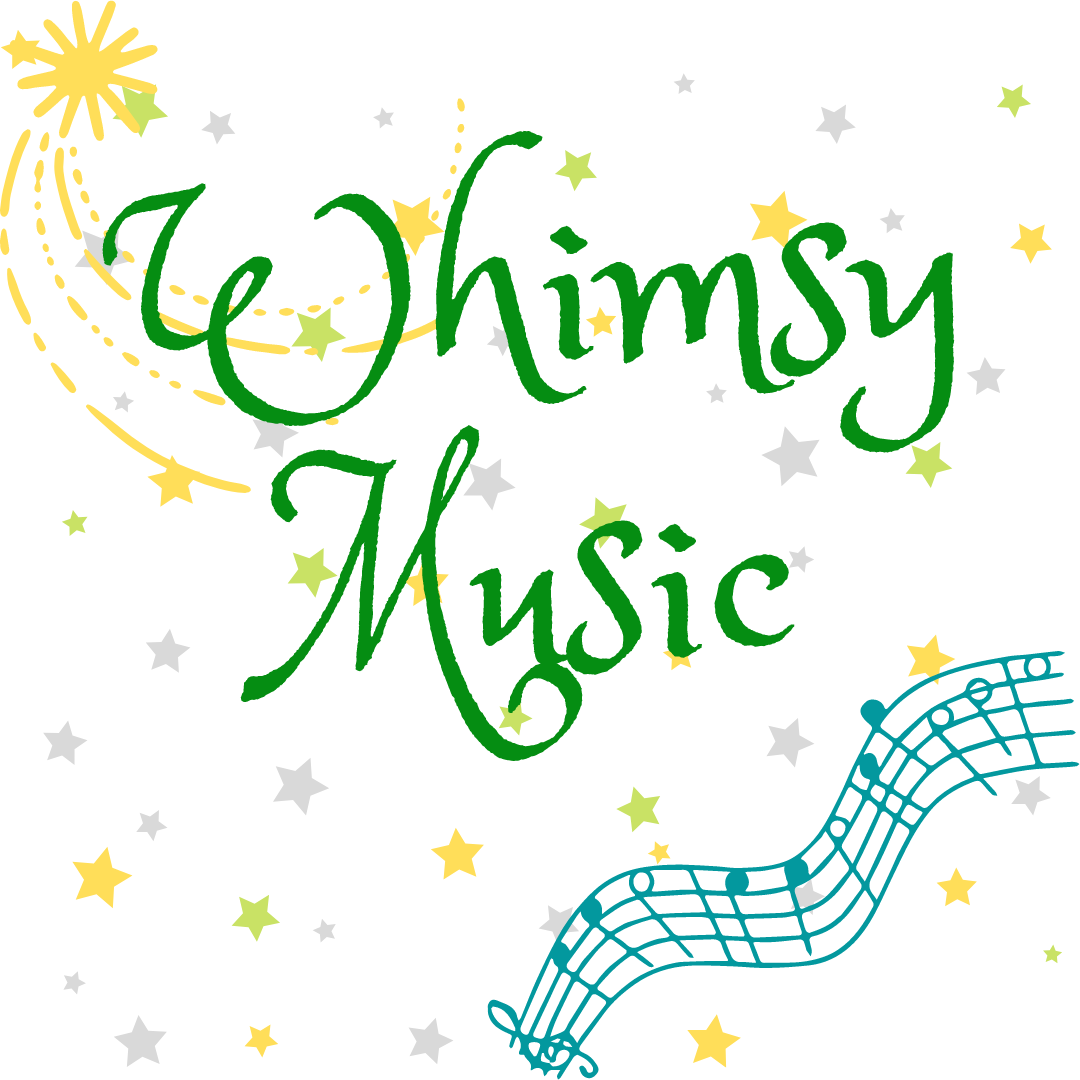Instrument Family Centers for Elementary Music
After introducing all of the instrument families, we rotate through several centers to help students explore the instrument families more in-depth. This is their favorite part of the whole unit!
Instrument Family Board Game (2-4 players)
This game is really fun and simple. Each student plays as one of the 4 instrument families. They use a spinner or dice to move their game piece (I used mini erasers as game pieces). If they land on an instrument in “their” family, they get a point. If not, no points. There are a few other spaces along the way that make the game more interesting too!
Guess the Mystery Instrument (2-4 players)
I used to use old Guess Who? boards to play this game, but I found that my 3rd graders don’t ask the right kinds of questions when we do it that way. Guess the Mystery Instrument is a bit more scaffolded because it gives sample questions and has Instrument Fact Cards to help students know what to ask. If we ever have time to do the instrument family centers in 4th grade 5th grade, I do let them use the Guess Who boards since they are more familiar with how the game is played!
Instrument Family Task Cards
These cards ask students to sort the instruments by family, size, high/low, use of bow/sticks/mallets, and more. The answers are upside down on the question card. I tell each group to take turns being the one asking the questions and being the one answering. This is definitely one of the more challenging centers, so I tend to hover nearby so I can ask guiding questions to help. I think it’s beneficial for students to use manipulatives to think about the instruments rather than just writing down their answers. I will be honest with you—this is not their favorite station because it is not a game. However, I think it’s ok to not always play games! It’s about balance :)
Instrument Family Busted
My students love Busted in any form. We always start the year with Rhythm Busted because it’s easy to leave as part of a sub plan. (You can get a set of free Busted rhythm cards in my free resource library!)
Instrument Busted is a set of instrument cards with a few cards that say “Busted!” mixed in. Place the cards facedown or in a cup and take turns drawing them out. Students need to say what family the instrument belongs to in order to keep the card. If they get a Busted card, they have to put all their cards back! It’s a really fun game that can work with almost any concept.
Color by Instrument Family Sheets
Any time I do centers, I like to have one that doesn’t require much of my attention. This allows me to focus on all the other groups. These color by instrument family sheets have pictures of instruments in each area and ask students to follow a color code to complete the picture. I usually use one that asks them to color by family (all woodwinds green, brass yellow, etc.) There are also sheets for each family (flute =black, bassoon = orange, etc.) These are also great to use with subs too!
Percussion Sorting
This one is a big hit! I put out a variety of classroom percussion instruments and students have to label them and then sort them 2 ways: first, sort by how they’re played (strike, scrape, shake) and then by what material they’re made of (wood, metal, skin). And of course, they get to play them while they work! You can get the labels for free from my TPT store!
Bundle
All 6 of these centers are available for $10 on my TPT if you are interested!
Other Ideas
I have also had a station where students can try instruments that I have, like a snare drum, bass drum, or the piano. They get a little mini-lesson with me and then have time to play the instrument.
Another favorite is a floor piano. I labeled the keys with letters and then made a few sheets of “Name that Tune” for students to take turns playing on the floor piano.
I would recommend a mix of “quiet” centers and centers where they get to play instruments! Having too many that are playing-based is chaotic.
I hope you try instrument family centers this year–it is one of my favorite ways to get students interested in instruments!






